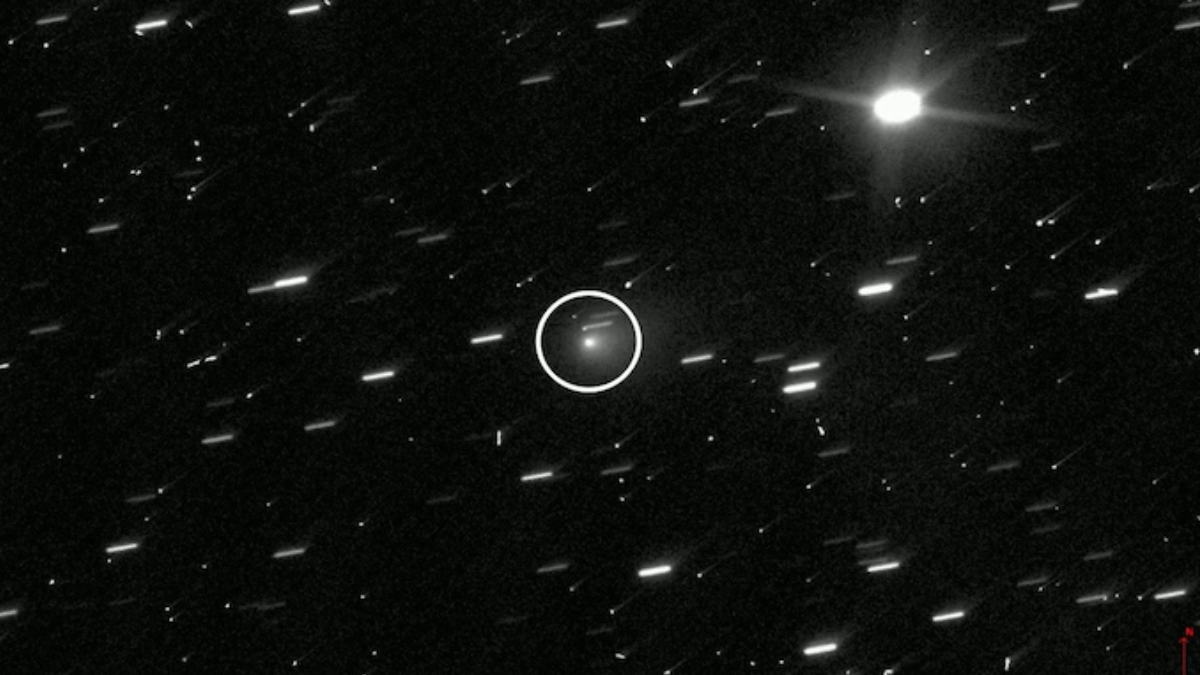NASA’s Hubble Space Telescope has delivered its first picture of comet 3I/ATLAS, providing astronomers with a rare opportunity to study a visitor from interstellar space. The images, announced on July 23, showcase the comet’s vibrant coma — a glowing cloud of gas and dust enveloping its nucleus — with remarkable clarity, offering fresh insights into its behavior as it journeys through our solar system.
☄️ Interstellar visitor alert! @Geminiobs North in Hawai‘i captured Comet 3I/ATLAS, only the 3rd known object from outside our Solar System!
📷@GeminiObs/NOIRLab/NSF/AURA/K. Meech (IfA/U. Hawaii)
Image Processing:Jen Miller & Mahdi Zamani (NSF NOIRLab)
🔗 https://t.co/L3Dt3B870r pic.twitter.com/QSIxCDiED6
— NOIRLab (@NOIRLabAstro) July 15, 2025
The announcement came via a Bluesky post by an astrophysics undergraduate, who shared, “Hubble Space Telescope images of interstellar comet 3I/ATLAS are out! These were taken 5 hours ago. Plenty of cosmic rays peppering the images, but the comet’s coma looks very nice and puffy. Best of luck to the researchers trying to write up papers for this.”
Despite minor streaks caused by cosmic rays — high-energy particles that often interfere with Hubble’s instruments — the sharp images highlight the comet’s distinct, puffed-up coma, a sign of vigorous outgassing triggered by the Sun’s heat.
ALSO SEE: Interstellar Comet 3I/ATLAS Spotted In New Pictures Captured From Hawai’i
Discovered earlier this year by the Asteroid Terrestrial-impact Last Alert System (ATLAS), 3I/ATLAS is the third confirmed interstellar object to visit our solar system. Unlike objects bound to our Sun, this comet follows a hyperbolic trajectory, meaning it will pass through our system only once before continuing its journey into deep space. It is estimated to reach perihelion (closest point to the Sun) in October.
This fleeting visit has sparked excitement among astronomers eager to study its properties. The Hubble images reveal a bright, well-developed coma, indicating that 3I/ATLAS is actively releasing gas and dust as it approaches the Sun. Astronomers believe the comet is rich in water-ice and could be much older than our solar system, approximately 7 billion years.
ALSO SEE: Watch: New Interstellar Comet Cruises Through Solar System As It Moves Closer To Earth
